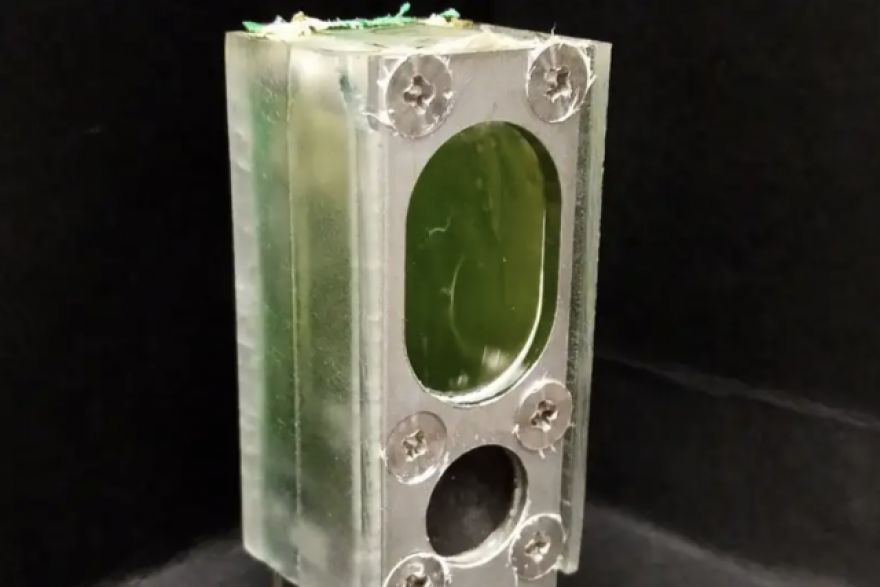
This ARM-Powered Computer Is Powered by Algae
Biochemist Christopher Howe led a team of researchers at the University of Cambridge to experiment with photosynthesis as a means of powering electronics. Together they created a tiny enclosure (about the size of a AA battery) to house a type of algae referred to as “blue-green algae.” Then they connected the enclosure to an ARM Cortex-M0+ microprocessor and left the pair on a team member’s windowsill.
Blue-green algae photosynthesize when exposed to sunlight. In this case the algae’s photosynthesis produced a small current of electricity, which in turn powered the ARM chip.

Detroit River blue-green algae. (Photo: NOAA Great Lakes Environmental Research Laboratory/Wikimedia Commons)
Thanks to algae’s tendency to continue to process food after the sun has gone down, the blue-green algae in Howe’s experiment were able to produce energy around the clock. This resulted in a steady electrical current across six months. (At this point the study ended, but the algae have reportedly maintained production in the additional six months since.) The team used their cyanobacteria-powered chip to run 45-minute calculation cycles, imitating a computational workload requiring 0.3 microwatts of power. Between cycles were 15-minute standby periods, which required 0.24 microwatts.
Given that these aren’t massive amounts of electricity, Howe’s team knows algae likely won’t power a house anytime soon. Still, Howe New Scientist the system could eventually work “in rural areas of low and middle income countries, for example, in applications where a small amount of power might be very useful, such as environmental sensors or charging a mobile phone.” These applications wouldn’t require existing electrical infrastructure but would still provide energy for longer than traditional batteries, which have environmental implications.
This could change if scientists find a species of algae capable of producing a stronger electrical current. Howe’s team is continuing to iterate on their experiment in an effort to find a more powerful combination of cyanobacteria and materials. One new version of their original enclosure is made from empty plastic bottles, which would allow potential commercial partners to produce the system at a far lower cost and bring the technology to consumers within the next five years.
Now Read: